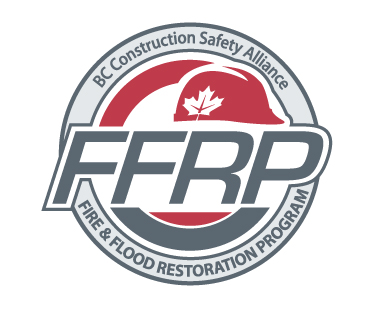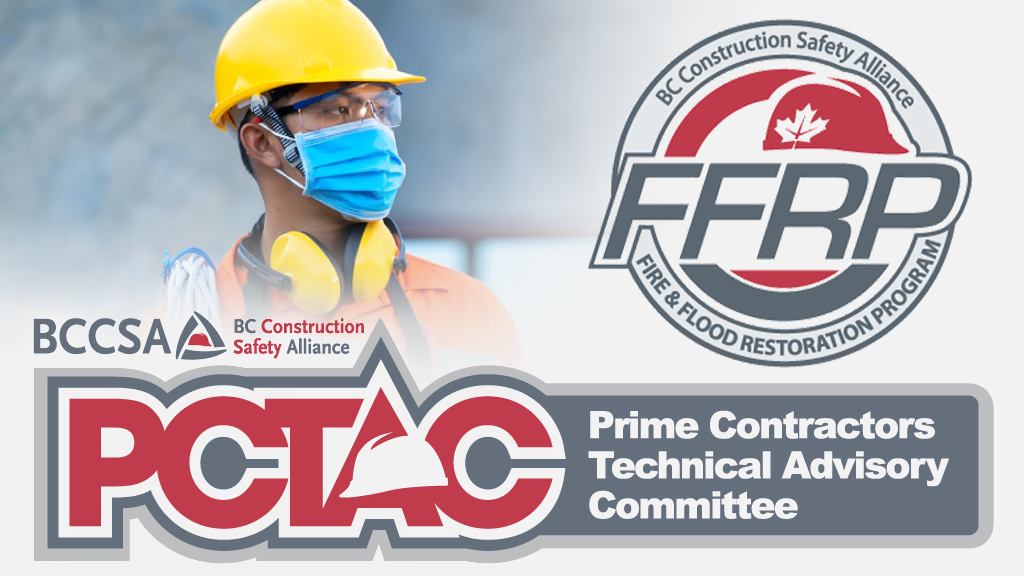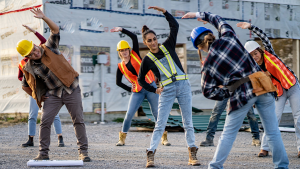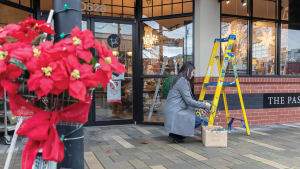New chairs announced for Prime Contractors Technical Advisory Committee and Fire and Flood Restoration Program Technical Advisory Committee
From time to time, safety committees at the B.C. Construction Safety Alliance (BCCSA) announce new leadership. However, it’s rare to see a changing of the guard for two key committees simultaneously.
Both the Prime Contractors Technical Advisory Committee (PCTAC) and the Fire and Flood Restoration Program (FFRP) Technical Advisory Committee welcome new chairs following an unusually eventful period during the COVID-19 pandemic.
Dennis Maloney sees development of the site safety assessment (SSA) form as one of the key achievements of the FFRP committee under his 10 years as chair.
“I think we’re ready now to go to the next level, which is to unify the SSA with resources and training, so that it flows together in a compact way and can be used by any contractor to protect their workers,” he says.
Maloney also cites the development of exposure control plans (ECPs) for substances such as mould and lead as an important milestone for the committee.
He passes the chair to Justin McConville who says he wants to continue the progress the committee has made in building out the SSA ecosystem, to develop additional ECPs, to revise course material and to define industry best practices.
“We also want to continue educating all of the parties working on a fire and flood restoration project, whether members of the insurance industry or other subcontractors, on their responsibilities and the role of the prime contractor,” McConville says. “It’s a unique mix of stakeholders who can best achieve a goal when we all work together effectively.”
At PCTAC, Justin Leisle hands the chair to Mike de Jong after holding the position for three years — two of which were marked by the COVID-19 pandemic.
“During that time we went from being a very well-functioning committee to an extremely well-functioning committee,” says Leisle. “Everyone was actively engaged and sharing information. We were able to develop robust protocols and best practices and shared them with government before they made their decisions on industry-specific shutdowns — and we were able to work through the pandemic.”
He sees the committee’s work in educating the industry as a key achievement of his tenure. He likens PCTAC’s efforts to share information on exposure to isocyanates to the same model that led to the creation of BCCSA’s Silica Control Tool™, which was a partnership with BCCSA, UBC, WorkSafeBC and other stakeholders.
“We’ve also been active in preparing our industry and members for anticipated and ongoing regulation changes,” he says. “For example, we provided meaningful feedback on such issues as proposed amendments to regulations involving Occupational First Aid.”
De Jong wants to use PCTAC’s newfound strength and unity to continue impacting broader issues the industry faces.
“What started off as just looking after prime contractors is really turning into something much larger,” he says. “We want to create content that can improve safety in the industry not just here in B.C., but across ���ϳԹ���.”
The ongoing PCTAC agenda will include addressing such issues as the opioid crisis and tower crane safety.
“We’re looking to use our unique perspectives to create innovative solutions to industry problems,” he says.
Both committees continue to look for representatives across the province from employers large and small.
“Safety is no secret at either table,” says Erin Linde, director, health and safety services with the BCCSA. “Members share their resources and even confidential information if they believe it will lead to a safer workplace for workers. By volunteering, you’ll have the opportunity to add your unique voice to the table and guide the development of new responses to our biggest challenges.”
This content is an Industry Special by BCCSA in collaboration with ConstructConnect™ Media. To learn more about BCCSA, visit .













Recent Comments
comments for this post are closed